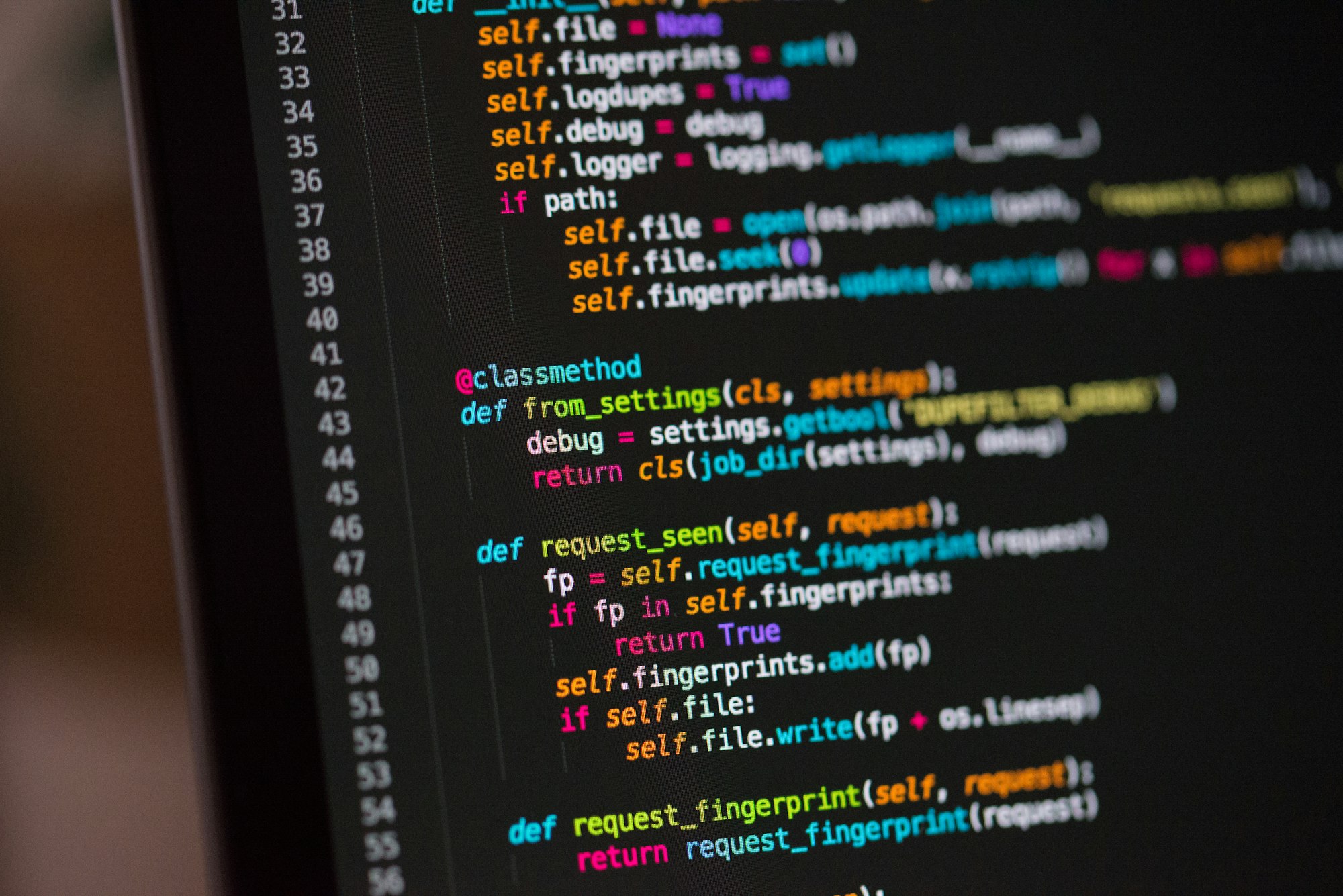If you like our work, please consider supporting us so we can keep doing what we do. And as a current subscriber, enjoy this nice discount!
Also: if you haven’t yet, follow us on Twitter, TikTok, or YouTube!
There are many different deep learning libraries available to developers, each with its own advantages and disadvantages. In this blog, we will take a look at some of the most popular deep learning libraries, including TensorFlow, Keras, and PyTorch. We will also discuss some of the key features of each library, and how they can be used to develop deep learning applications.
Deep learning libraries are a set of tools and subroutines that allow a computer to train itself to recognize patterns. They are used in a variety of ways, including facial recognition, object detection, and image classification.
There are many different deep learning libraries available. Some of the more popular ones include TensorFlow, Keras, and PyTorch. Each has its own strengths and weaknesses, so it's important to choose the right one for your project.
TensorFlow is a powerful library that can be used for a variety of tasks. It's especially well-suited for image recognition and classification. However, it can be difficult to use, and it's not always easy to find good documentation.
TensorFlow is an end-to-end open source platform for machine learning. It has a comprehensive, flexible ecosystem of tools, libraries and community resources that lets researchers push the state-of-the-art in ML and developers easily build and deploy ML-powered applications.
TensorFlow was originally developed by researchers and engineers working on the Google Brain Team within Google's Machine Intelligence research organization for the purposes of conducting machine learning and deep neural networks research, but the system is general enough to be applicable in a wide variety of other domains as well.
TensorFlow offers both high-level APIs—built on the Keras platform—and low-level APIs—direct access to the TensorFlow core—to build advanced models. It also provides a fast C++ runtime for running models on CPU or GPU.
Keras is a simpler library that is easier to use than TensorFlow. It's well-suited for projects that require quick results. However, it doesn't have as many features as TensorFlow.
Keras is a powerful deep learning library that allows developers to easily create and train sophisticated neural networks. Keras makes it easy to get started with deep learning, and it enables fast experimentation with new architectures and ideas.
Keras is built on top of the popular TensorFlow library, and it enables developers to create complex neural networks with just a few lines of code. Keras is also easy to use with other popular deep learning libraries, such as Theano and CNTK.
Keras has a number of advantages over other deep learning libraries:
- It is easy to use and get started with.
- It is easy to extend and customize.
- It supports a wide range of architectures, including convolutional neural networks, recurrent neural networks, and fully connected neural networks.
- It enables fast experimentation with new ideas and architectures.
- Keras is an open source library, and it is available for free.
Keras is a powerful deep learning library that makes it easy to get started with deep learning. It enables fast experimentation with new architectures and ideas, and it is easy to extend and customize. Keras is an open source library, and it is available for free.

PyTorch is a newer library that is gaining popularity. It's similar to TensorFlow, but it's easier to use and has better documentation. PyTorch is also better suited for projects that require custom architectures.
PyTorch is a new deep learning library released by Facebook. It's similar to other popular libraries like TensorFlow and Keras, but PyTorch is designed to be more intuitive and easier to use. PyTorch is a relatively new library, but it's already gaining popularity among deep learning researchers and practitioners.
PyTorch is designed to handle large-scale data sets and complex computations with ease.
The library is based on the Torch library, which is an open-source machine learning library used for computer vision and natural language processing.
Features that make PyTorch stand out:
- PyTorch is easy to use
One of the things that make PyTorch stand out is its ease of use. Compared to other deep learning libraries, PyTorch is much simpler and easier to use.
This is partly because PyTorch is designed to be more intuitive and Pythonic. For example, PyTorch's tensors are very similar to NumPy's arrays. This makes it easy to use PyTorch if you're already familiar with NumPy.
Another thing that makes PyTorch easy to use is its dynamic computational graph. With a dynamic graph, you can modify the graph on the fly, which is useful for research and experimentation.
- PyTorch is fast
Another advantage of PyTorch is its speed. PyTorch is built on top of the efficient Torch library, which makes it fast and lightweight.In addition, PyTorch uses a just-in-time (JIT) compiler, which allows you to compile your model on the fly. This makes PyTorch even faster than other libraries that use static graphs.PyTorch is flexible
- PyTorch is also very flexible.
It's easy to use PyTorch for research and experimentation because you can easily modify the computational graph. This flexibility is also useful for production because it allows you to deploy your models faster. For example, if you want to add a new feature to your model, you can simply add it to the graph and re-deploy the model.
- PyTorch is supported by a growing community
PyTorch is an open-source library, which means it's free to use and supported by a growing community. There are already a number of excellent PyTorch tutorials and resources available.
And, because PyTorch is based on the popular Torch library, there's a large community of researchers and developers who are familiar with the library and can help you if you run into any problems.PyTorch is a new deep learning library that's gaining popularity for its ease of use, speed, and flexibility. If you're looking for a deep learning library that's easy to use, fast, and flexible, PyTorch is a good choice.
No matter which library you choose, deep learning can be a powerful tool for a variety of tasks. With the right library, you can train a computer to recognize patterns that would be difficult for humans to discern.
Do you like our work?
Consider becoming a paying subscriber to support us!









